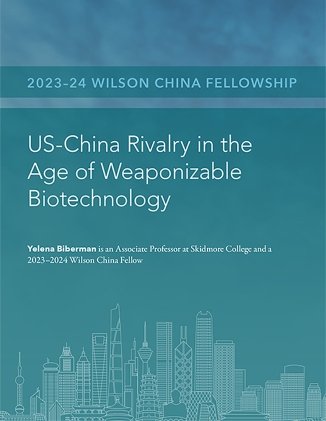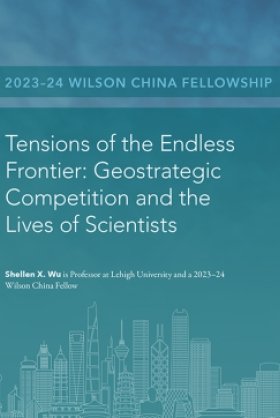US-China Rivalry in the Age of Weaponizable Biotechnology


The US-China competition over biotechnology is a relatively quiet one, with the economic dimension attracting most of the attention. However, biotechnology is dual-use. It has both civilian and military applications. The latter may range from precision targeting to mass destruction. Rapid innovations in genetic engineering, synthetic biology, data-driven machine learning (“artificial intelligence”), nanotechnology, and neurotechnology are enabling the leading powers—the United States and China—to acquire genetic capabilities that could be used for peaceful, defensive, or offensive purposes. How do Chinese policymakers and strategists view the power of biotechnology in the context of the intensifying great-power rivalry? What are China’s capabilities and intentions vis-à-vis dual-use, or weaponizable, biotechnologies? This report addresses these questions by probing the plausibility of three hypotheses with evidence that draws on primary and secondary sources, including government reports and expert interviews. The investigation reveals the central role of biotechnology in China’s pursuit of both economic development and national security. It is among the means by which China seeks not just to catch up to, but surpass, the United States and achieve its full civilizational potential. Although there is inadequate publicly available data to draw conclusions about the full scope of Beijing’s intentions for biotechnology, the existing and anticipated dual-use capabilities, grand ambitions, and hurried nature of technological development do create a serious risk of unintended consequences of mass destructive potential. These range from an accident triggering a new, deadly pandemic to a genetic arms race.
About the Author


Kissinger Institute on China and the United States
The Kissinger Institute works to ensure that China policy serves American long-term interests and is founded in understanding of historical and cultural factors in bilateral relations and in accurate assessment of the aspirations of China’s government and people. Read more













